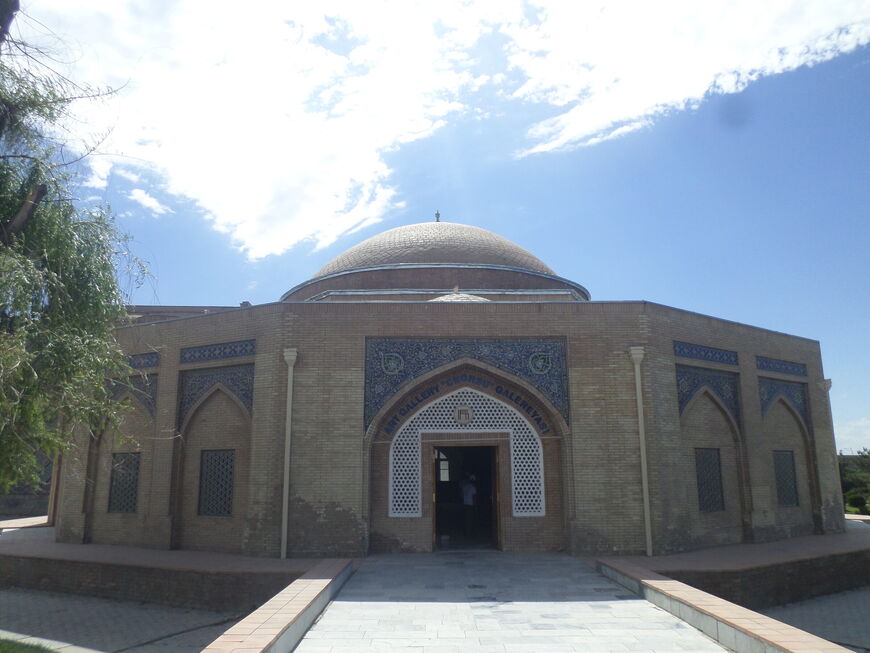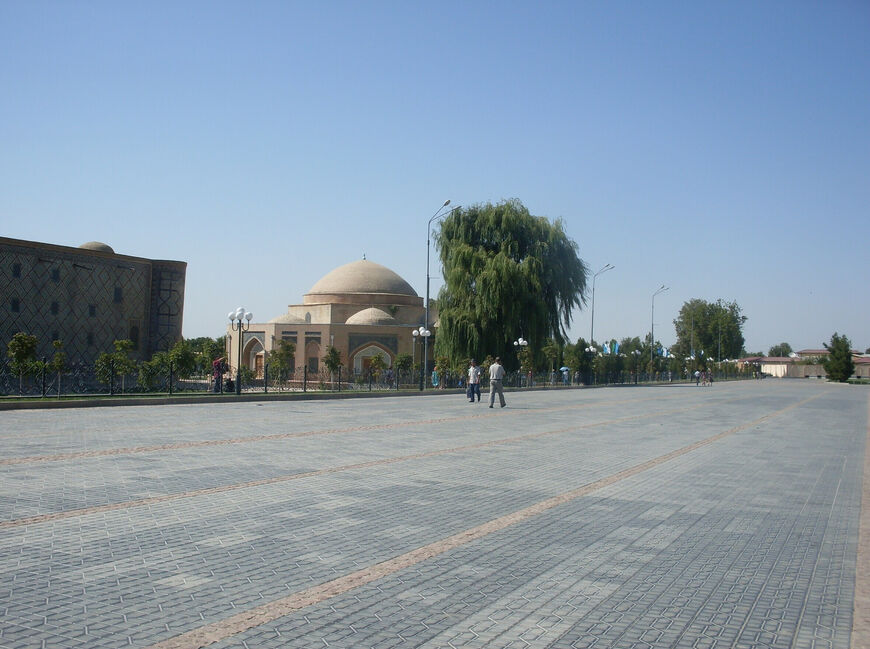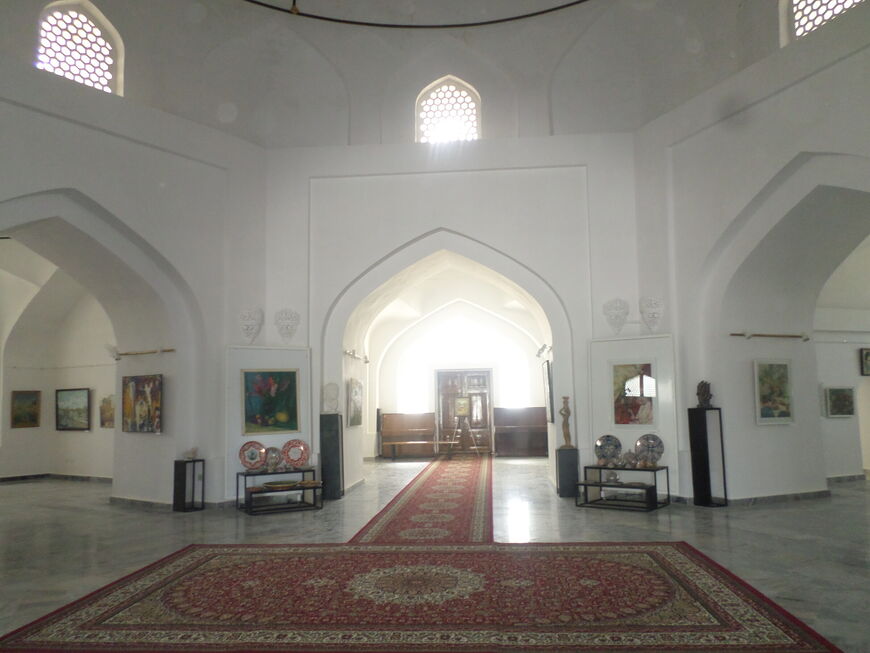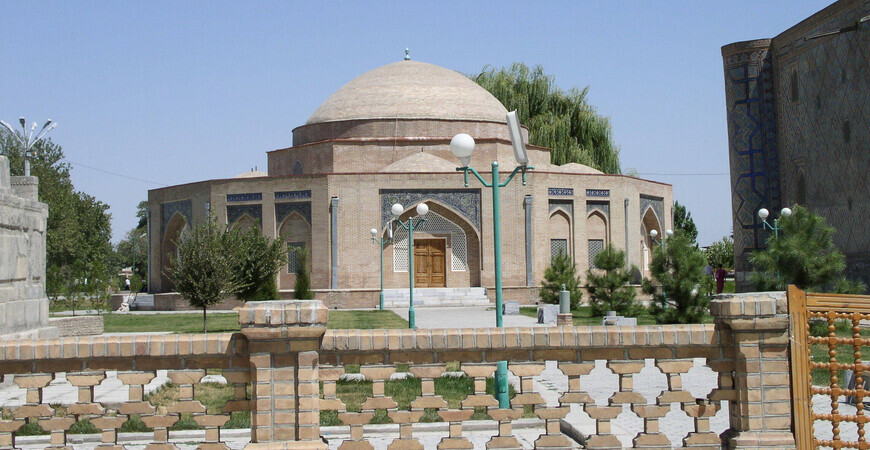Ancient Chorsu market in Samarkand
Chorsu Market, which means "four paths" in Uzbek, is located near the famous Sherdor Theological School and within walking distance from Registan Square. The building of the covered market was erected in the fifteenth century at a strategically important intersection of two roads connecting large ancient cities in what is now Uzbekistan. In other words, the name of the market is essentially a clear indication of the place where it was built. And this place was not chosen by chance, because trade pavilions need good traffic, so the crossroads is one of the most successful options.
History
At the beginning of the eighteenth century, the market underwent reconstruction, where they began to sell hats of national style, for which it was nicknamed the "Dome". In the 18th century, the old market building was demolished and the pavilion that has survived to this day was built. It is also called "Chorsu", as the pavilion has four entrances through which it was possible to access four roads.
Until a certain time, the ancient Chorsu market fully justified its name. Here you could meet buyers and sellers who were smartly haggling with each other, curious visitors who certainly found what they were looking for in the market, because Chorsu was overflowing with all kinds of goods. Here you could taste local nuts, honey, sweets, fruits, and there was also a full-fledged dairy department on site. A huge selection of sauces and spices that could be purchased not only for yourself, but also as a gift.
After Uzbekistan became one of the republics of the USSR, the dome of the ancient market was recognized as a historical and architectural monument. The pavilion itself continued to be used as a market, where they began to sell absolutely everything except food — no matter how strange it may sound. You could find medicinal drugs, clothes, books, souvenirs, and all kinds of household items here.
Currently, the market itself no longer exists in the building of the ancient Chorsu market. The dome houses a gallery that hosts exhibitions of works by famous Uzbek artists and sculptors who worked at different times.























